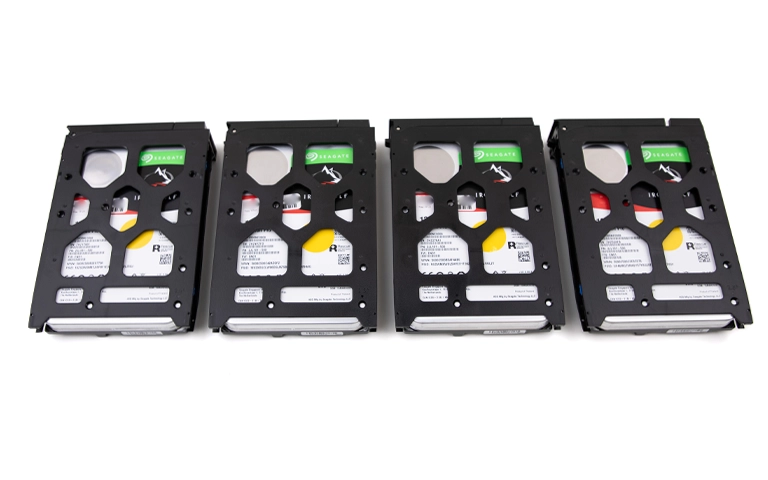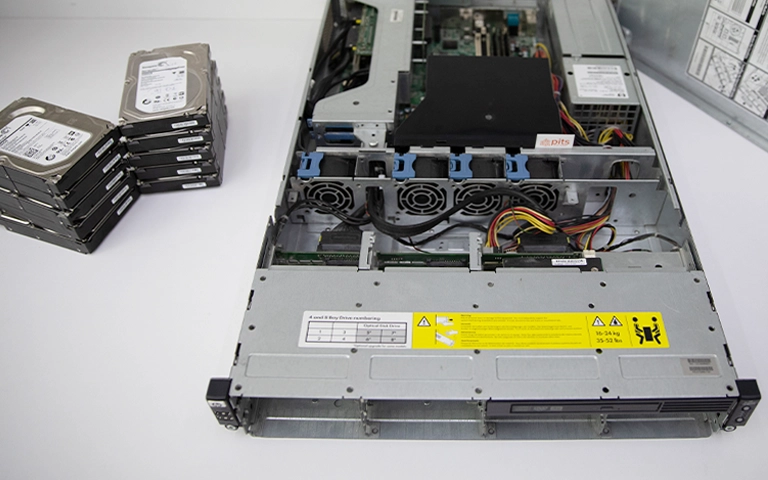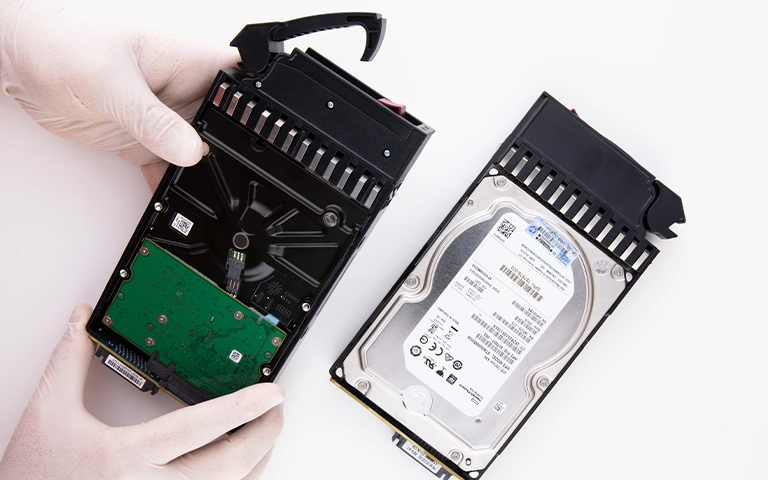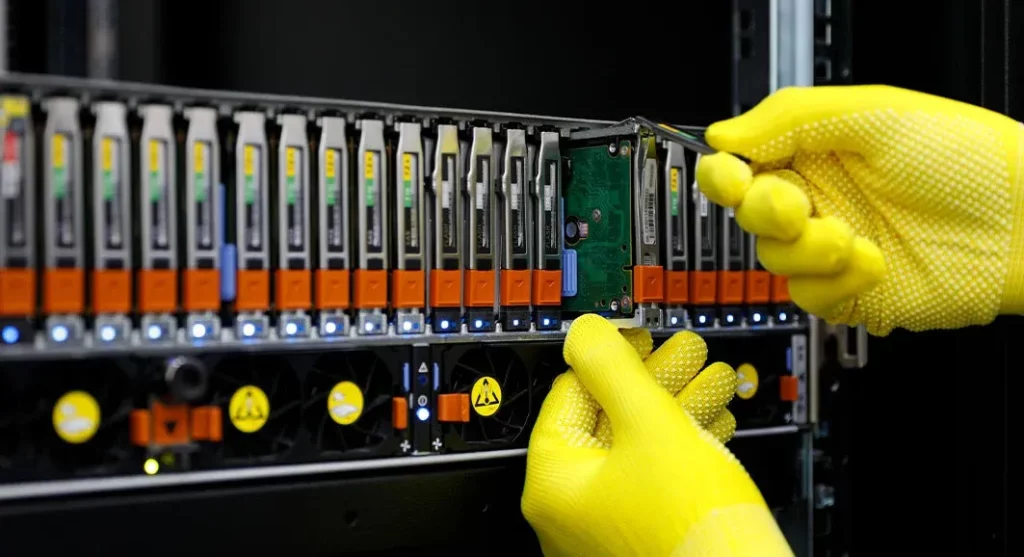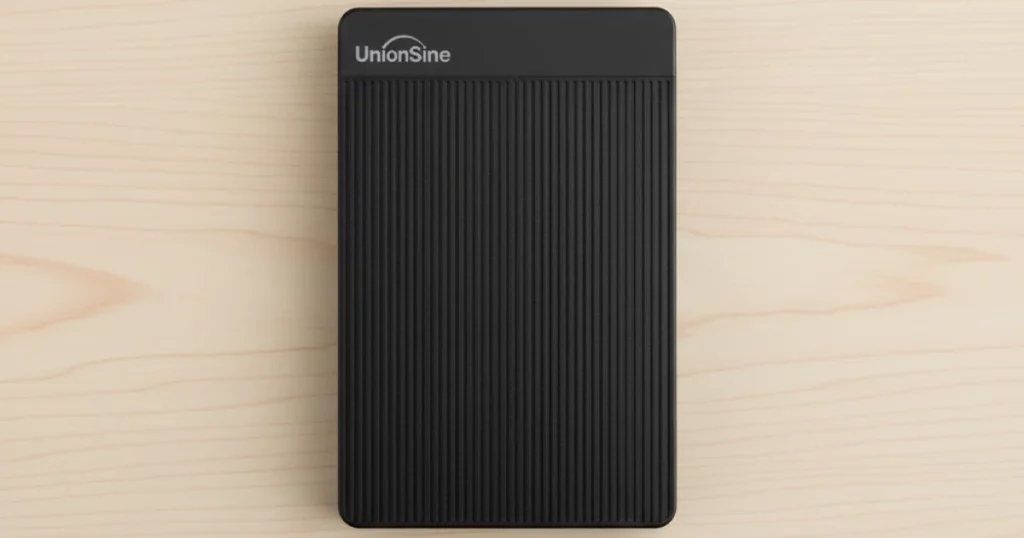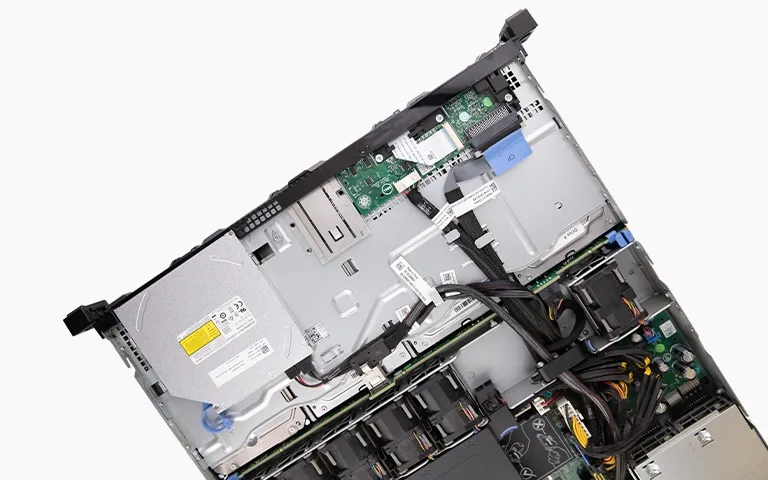Redundant Arrays of Independent Disks (RAID) offer a powerful solution for individuals and organizations seeking reliable, efficient, and high-speed data storage. From managing business databases to storing personal media like photos, videos, and documents, RAID systems play a critical role in safeguarding information across multiple drives.
However, RAID arrays are not immune to physical threats. One of the most serious threats to data integrity is water damage. Whether caused by a flood, a spill, or a humidity issue, moisture exposure can quickly jeopardize the integrity of your entire storage array.
In this article, we explain how RAID systems respond to water damage, the immediate steps you should take, and how PITS Data Recovery successfully recovered a critically damaged RAID 0 array.
Understanding RAID Configurations and Vulnerabilities
RAID configurations are designed to balance performance and redundancy. Some of the most common RAID types include those frequently encountered in our RAID data recoveryservices:
- RAID 0: Stripes data across two or more drives for performance, but offers no redundancy. If one drive fails, all data can be lost.
- RAID 1: Mirrors data across drives, providing fault tolerance.
- RAID 5: Distributes data and parity across three or more drives, enabling recovery from a single drive failure.
While RAID 1 and RAID 5 offer protection from hardware failures, none of these configurations protect against environmental threats such as liquid damage. Water can destroy both the electronics and mechanical components of the drives, rendering even the most redundant setups inoperable.
How Water Affects RAID Drives
Water damage can affect a RAID system in several critical ways:
- Corrosion of electronic components: Within hours or days, water can corrode circuitry, destroying PCBs, connectors, and internal chips.
- Contamination of internal platters: If water penetrates the drive’s sealed environment, it can damage magnetic platters, rendering data unreadable.
- Short circuits upon powering on: Plugging in a wet or even slightly damp drive can fry components instantly.
That’s why it’s essential to avoid turning on any device that has been exposed to water and contact professionals immediately.
Immediate Steps to Take After Water Damage
If your RAID system has been exposed to water, follow these steps to improve the chances of recovery:
- Power off the device immediately and unplug all cables.
- Do not attempt to dry the drives using heat sources such as hairdryers, ovens, or space heaters.
- Do not open the drives outside of a cleanroom, as dust and contaminants can cause further damage.
- Gently dry the exterior of the drives using a lint-free towel.
- Contact a professional data recovery company like PITS Data Recovery as soon as possible.
Case Study: Water-Damaged RAID 0 Recovery
The Situation
A recent client contacted us after spilling water on a RAID 0 array composed of two hard disk drives. The drives stopped appearing in the operating system, and the client could no longer access their backups or project files. Understanding the urgency, they opted for our emergency data recovery service, which provides results in as little as 8 to 48 hours.
The Challenge
RAID 0 offers no fault tolerance. If even one drive fails, the entire array becomes inaccessible. When water damage affects multiple drives in a RAID 0 setup, data loss risk is extremely high.
Recovery Process Overview
Initial Diagnostics
Upon arrival at our lab, the drives were carefully dried externally using lint-free materials. No heat or compressed air was used to avoid pushing moisture further into the electronics or platters. Our team initiated diagnostics in our ISO-Certified Class 10 Cleanroom, where we examined both drives as part of our hard drive recovery process.
RAW File System Detected
The drives were no longer recognized by the operating system and appeared as RAW file systems. This meant the system could not interpret the partition structure, and all standard file operations were blocked.
Data Extraction and RAID Reconstruction
Our recovery engineers used specialized hardware to:
- Safely extract data from both drives
- Emulate the RAID 0 configuration using proprietary software
- Rebuild the RAID structure without needing the original controller
Despite both drives being partially corrupted, we reconstructed the striped data and reassembled the complete file system.
Get a Free Consultation.
Our recovery experts are ready to assess your device and guide you through the safest path to recovery. Fill out the form to get started.
"*" indicates required fields
Decryption, File System Repair, and Verification
To fully restore access, we had to address the RAW file system. Our experts:
- Performed file system repair to recover the original NTFS structure
- Repaired partition tables and metadata headers
- Verified all critical files for integrity using hash matching
The client was able to preview the recovered data remotely through our secure portal and confirmed that all essential files were successfully restored.
Final Outcome
After confirmation, the recovered data was securely transferred to a new encrypted external drive and shipped back to the client. What began as a critical water-damaged failure ended in a 100% successful recovery, completed in under 48 hours.
Key Takeaways
- RAID configurations do not protect against environmental damage such as water exposure.
- RAID 0 arrays are especially vulnerable, with no redundancy to fall back on.
- Do not attempt DIY drying or re-powering of wet devices.
- Professional intervention is essential to prevent further damage and ensure successful recovery.
Why Choose PITS Data Recovery for Water-Damaged RAID Recovery?
At PITS Data Recovery, we bring unmatched expertise, world-class facilities, and specialized tools to recover data from even the most challenging situations. Whether you’re dealing with RAID 0, RAID 5, or custom storage configurations, our team is equipped to:
- Perform cleanroom diagnostics and data extraction
- Rebuild corrupted or degraded RAID structures
- Repair RAW partitions and recover NTFS or exFAT file systems
- Handle drives exposed to water, humidity, and corrosion

Your Data Security Is Our Priority
Data privacy isn’t optional. It’s our commitment. Our secure recovery process ensures your sensitive information stays protected from start to finish.
HIPAA Compliant
GDPR Compliant
Secure Facility
NDA Available
Trust in certified security. Start your recovery today! Call Now: 888.611.0737
Watch what our customer saying
Contact Us for Emergency RAID Recovery
If your RAID system has been exposed to water or liquid damage, time is critical. We offer emergency service options and support for all major RAID configurations.
Don't Let Data Loss Ruin Your Business
Minimize business disruption. We retrieve lost data fast, so you can focus on what matters.

